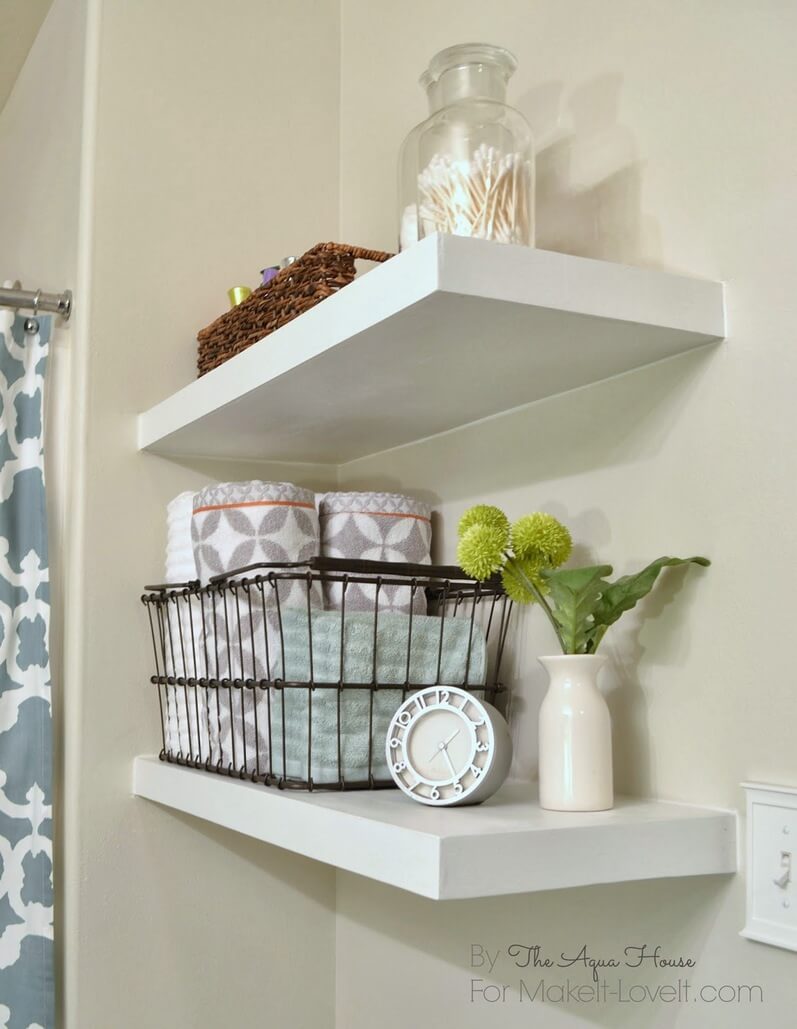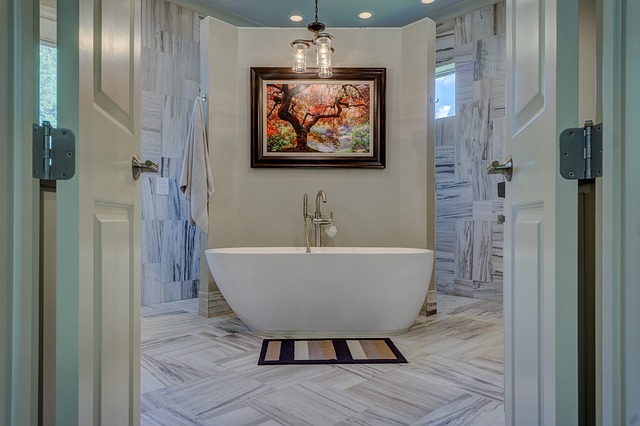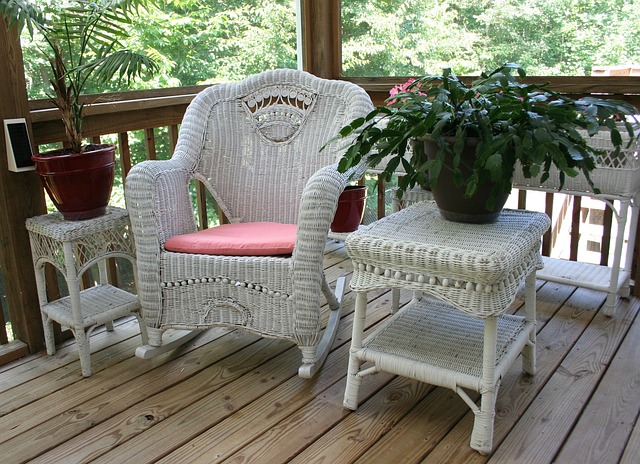A website template is a set of files you can use to develop a site. Web designers often use them if they need to create websites for their clients in no time. And a template architecture is designed for an architect-related site: a blog, online store, portfolio, business card, landing page, etc. These themes are available for different platforms (CMS), including WordPress/WooCommerce, PrestaShop, Shopify, Joomla, MotoCMS, Drupal, etc. The chosen platform will determine the type of your site. For example, WordPress is ideal for blogs, Shopify and PrestaShop are great only for e-commerce sites, Joomla is good mainly for business cards, and landing pages are used for lead generation.
In other words, a web template is a pre-made design that can be used as a starting point in developing a new website. It provides a framework for content and is easily customizable to fit the needs of a site owner.
How To Make An Architecture Website Design: Ideas and Solutions
So, you’ve already decided on the site type, and you probably need an idea for it. Many different architecture-themed websites are available, but they all share some common features. They usually include a header with navigation sections for the company’s services, contact information, etc., and a footer with copyright information and other links.
Stop worrying about what your site looks like. This section provides some examples of how to get started. Two existing sites — a corporate one and an online store — are chosen as examples below. Both feel great and thrive on the expanses of the Internet. We have also prepared ready-made layouts of approximate design, guaranteeing an equally expressive look. When you’re ready to create your website, architecture website design templates will come in handy. Feel free to use them for business, personal, or whatever else you want — they won’t let you down.
So, here we go.
Example #1: VLKArchitects.com (corporate site)

The architectural firm’s business card site. The highlight of the resource is a wide-screen background video with uninterrupted playback of the company’s work process. Scrolling further, we get acquainted with the company’s mission, vision, and values and move smoothly to its slider-displayed projects. In the end, a visitor is introduced to the latest news and insights about the brand. At the same time, a sticky header with a drop-down menu accompanied us throughout the scrolling. The footer contains important links, including social links.
There are many architecture website design templates with primitive designs on the Internet. But not in this case. This theme is designed specifically for architects, construction companies, 3D architectural rendering services, home decor agencies, etc. It includes the About Us, Portfolio, Contact Us, Blog, and other useful sections. Like the original website, it also provides a background video at the beginning, then talks about the company’s benefits, brags about projects (tabbed portfolio), introduces team members, and closes the online tour with a professional-made gallery. Although the design is minimalistic, it has enough elements to make a site attractive. There are ten homepage demos with dark and light modes for you to choose from. All of them come with a responsive design perfect for all screens.
Features:
- SEO friendly
- RTL support
- Parallax effect
- Well commented code
- Cross-browser compatibility
- Lazy Load effect
- Google Maps
Example #2: CultFurniture.com (online store)
An online store with a wide range of classic designer furniture for the living room or bedroom. The site uses a popular technique — a sticky mega-menu with the important sections: product categories, sales, and new products, as well as a search bar and a “buyer’s corner” (account, shopping cart, and favorites). A huge banner on the homepage notifies the visitors of great discounts, followed by the bestsellers and featured products in a slider. Next are the tile-like assortment categories and a reminder of another discount offer. In the end, the seller suggests subscribing to the newsletter, checking other sections of the site, and visiting social media.
It is one of those architecture website design templates that deserves the attention of all aspiring salespeople. With user-friendly customization and easy installation, you’ll build such a website with just a few clicks. You’ll be able to change anything you want, any time you wish, from the backend OpenCart dashboard. The template supports RTL languages, multicurrency, and up-to-date e-commerce features. And because it’s responsive, your store will look perfect on all devices and language settings. So you get a store with a drop-down menu, a site search function, a language/currency change option, and access to a customer’s account and cart. The background image is designed as a slider. Below is an advertisement for the current discount and a list of bestsellers, new arrivals, and specials. Then there are discounts again and recommended products. Finally, the theme prompts you to show previews of the latest blog articles and to subscribe to the latest updates.
Features:
- One-click installation
- Newsletter popup
- Social media links
- SEO-friendly
- Brand carousel
- Cloud zoom integration
The Site-Building Process: Three Simple Steps
- The first thing you need is a domain name and hosting service. You can find many hosting providers online, but choosing a reliable one with the best security and performance is important. For example, SiteGround is ideal for e-commerce, BlueHost is great for WordPress-based sites, A2Hosting offers the best value for money, and ScalaHosting guarantees top performance and speed.
- The next step is to create your website’s design with a CMS. This can be done by installing the content management system on your web host. The installation of one CMS or another is different, and the official sources have accurate step-by-step installation guides.
- Now it’s time to customize a website with themes and plugins. The template installation depends on the CMS installed, but the principle is the same: the archive with a template is uploaded through the admin panel and activated there. The exception is HTML-based architecture website design templates (i.e., CMS-free). To work with them, you need to be friendly with the code.
Top 5 Tips on How to Use Architecture Website Design Templates to Your Advantage
- Update the text, images, and videos where necessary.
- Add your logo and branding elements such as social media icons, links, and contact information.
- Rearrange widgets and install missing plugins.
- Test it out on different browsers and devices before publishing it live.
- Remove any outdated content in the footer.
Repeat all the steps until you’re happy with the results.
Typographic Trends to Improve Your Website: Watch the Video
You probably think you already have everything you need for a top-notch website. Get ready to get your hands on some of the latest and greatest typography trends heading into the current year. Just check out this 4-minute video review of the top 10 font packs. You can find more creative fonts here.
FAQ
What are HTML5 architecture website design templates?
These themes are not installed through the admin panel because they are not meant for any CMS platform. Therefore, they are usually difficult for newcomers to cope with. However, feel free to use HTML5 templates for your website development if you are experienced in coding and know how to use HTML, CSS, and JavaScript.
How to make an architecture website more visible?
First, you need to analyze the online market niche (or hire someone to do it). In addition, make sure your business is SEO-friendly. In particular, start a blog about architecture (luckily, the topic allows you to publish various articles). Most importantly, update your content regularly. As a result, you will see that making an architecture-themed website is not that difficult with the right tools.
What is the best architecture website design — free or paid one?
There are many benefits to using paid website templates:
- They come with customer support, which is a huge plus for anyone who doesn’t want to spend their time looking up solutions on the Internet or through trial and error.
- They are less likely to have bugs because they have been tested and reviewed by professionals.
- In the long run, they will save you money by not worrying about bugs or outdated features.
- Paid themes are licensed for commercial use, whereas freebies are for educational purposes only.
Can I create an architecture website portfolio using web templates?
Sure! There are a lot of themes for architects out there that you can use to create your online portfolio. And not only that. There are also resume templates for architects on the job search.






